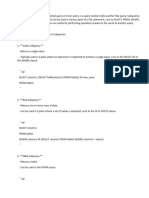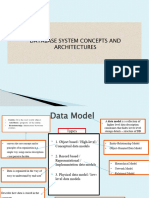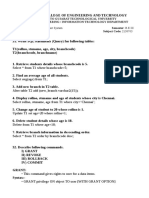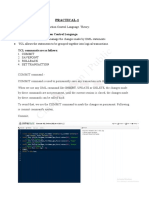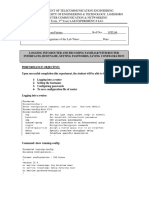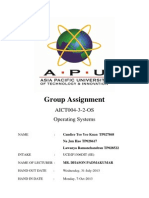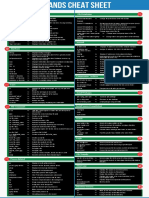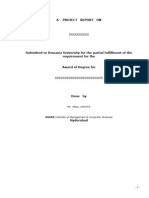0% found this document useful (0 votes)
4 views5 pagesView, Trigger, Procedure
The document outlines key SQL concepts including GRANT and REVOKE for managing user privileges on database objects, as well as the creation and use of VIEWS and TRIGGERS for data manipulation and tracking. It provides examples for granting privileges, creating views, and defining triggers for automatic actions on table events. Additionally, it explains PROCEDURES as stored blocks of code for executing SQL statements.
Uploaded by
anlabibofficialCopyright
© © All Rights Reserved
We take content rights seriously. If you suspect this is your content, claim it here.
Available Formats
Download as PDF, TXT or read online on Scribd
0% found this document useful (0 votes)
4 views5 pagesView, Trigger, Procedure
The document outlines key SQL concepts including GRANT and REVOKE for managing user privileges on database objects, as well as the creation and use of VIEWS and TRIGGERS for data manipulation and tracking. It provides examples for granting privileges, creating views, and defining triggers for automatic actions on table events. Additionally, it explains PROCEDURES as stored blocks of code for executing SQL statements.
Uploaded by
anlabibofficialCopyright
© © All Rights Reserved
We take content rights seriously. If you suspect this is your content, claim it here.
Available Formats
Download as PDF, TXT or read online on Scribd
/ 5











